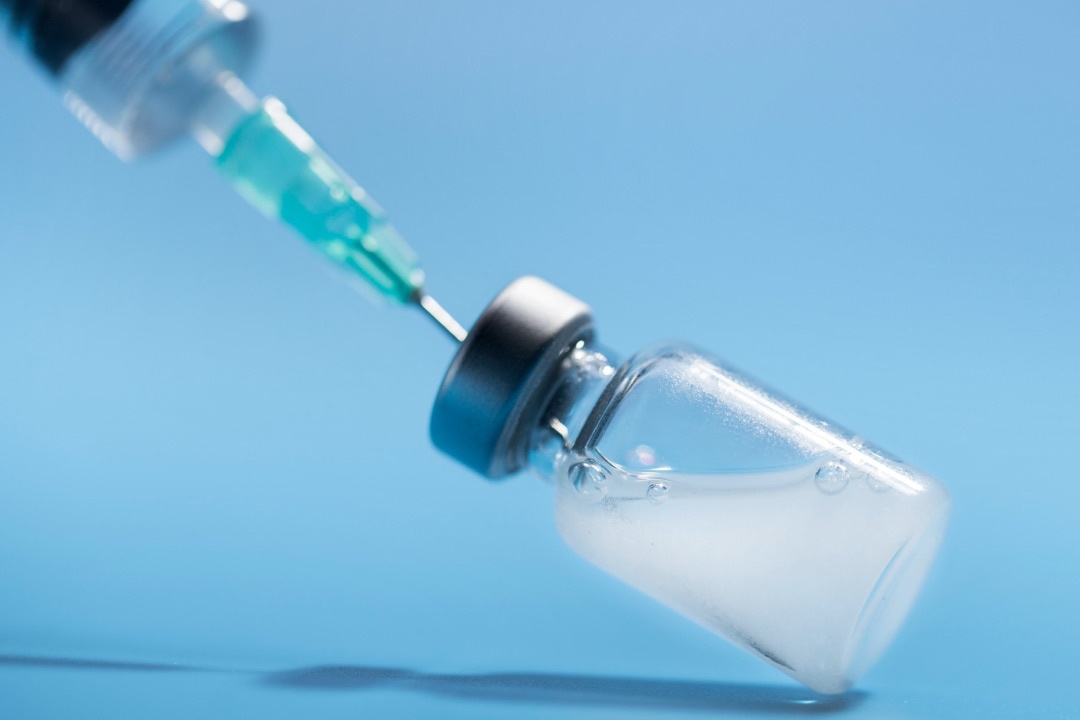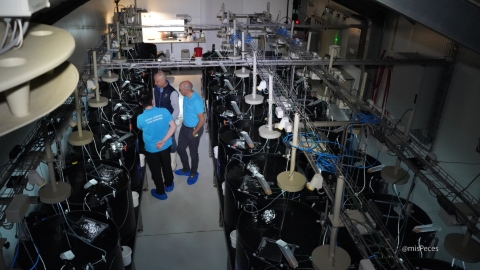
The microalga Schizochytrium has proven to be a sustainable and renewable source of omega-3 fatty acids. Additionally, thanks to biotechnology, it offers a means to combat problematic aquaculture pathogens such as Edwardsiella tarda and Vibrio anguillarum, two of the most lethal bacteria for fish like zebrafish or koi carp.
Scientists at the East China University of Sciences and Technology have employed genetic engineering techniques to insert a gene encoding a pathogen-specific protein, known as fructose-1,6-bisphosphate aldolase, into the cells of Schizochytrium limacinum. This protein acts as an antigen that activates the immune system of fish when ingested through feed.
The advantage of using this microalga is twofold. On one hand, it serves as a vaccine, and on the other, it functions as a supplement rich in omega-3.
Trials have been conducted with zebrafish and koi carp. The results have demonstrated that this strategy enhances the production of specific antibodies and strengthens the overall defences of the fish against bacterial infections.
Oral vaccines, like one proposed in this study, are a less invasive and more economical alternative to traditional injectable vaccines.
Despite the promising results, it is important to clarify that there is still work to be done to improve the efficiency of antigen expression, ensure the stability of the vaccines in the digestive tract, and assess the safety of their use in open environments.
The Genetic Engineering Process
The gene encoding the FBA antigen protein was inserted into Schizochytrium limacinum through genetic engineering, using a plasmid designed with specific regulatory sequences, the fba gene, a resistance marker, and homologous recombination sequences.
Schizochytrium cells were subjected to electroporation, a process that uses electrical pulses to open pores in their membrane, allowing the plasmid to enter. Subsequently, the plasmid integrated into the microalga’s genome through homologous recombination.
The modified cells were selected using zeocin and verified with techniques such as PCR and Western blot, ensuring the efficient integration and expression of the gene at a specific site in the genome to stably produce the FBA protein.


